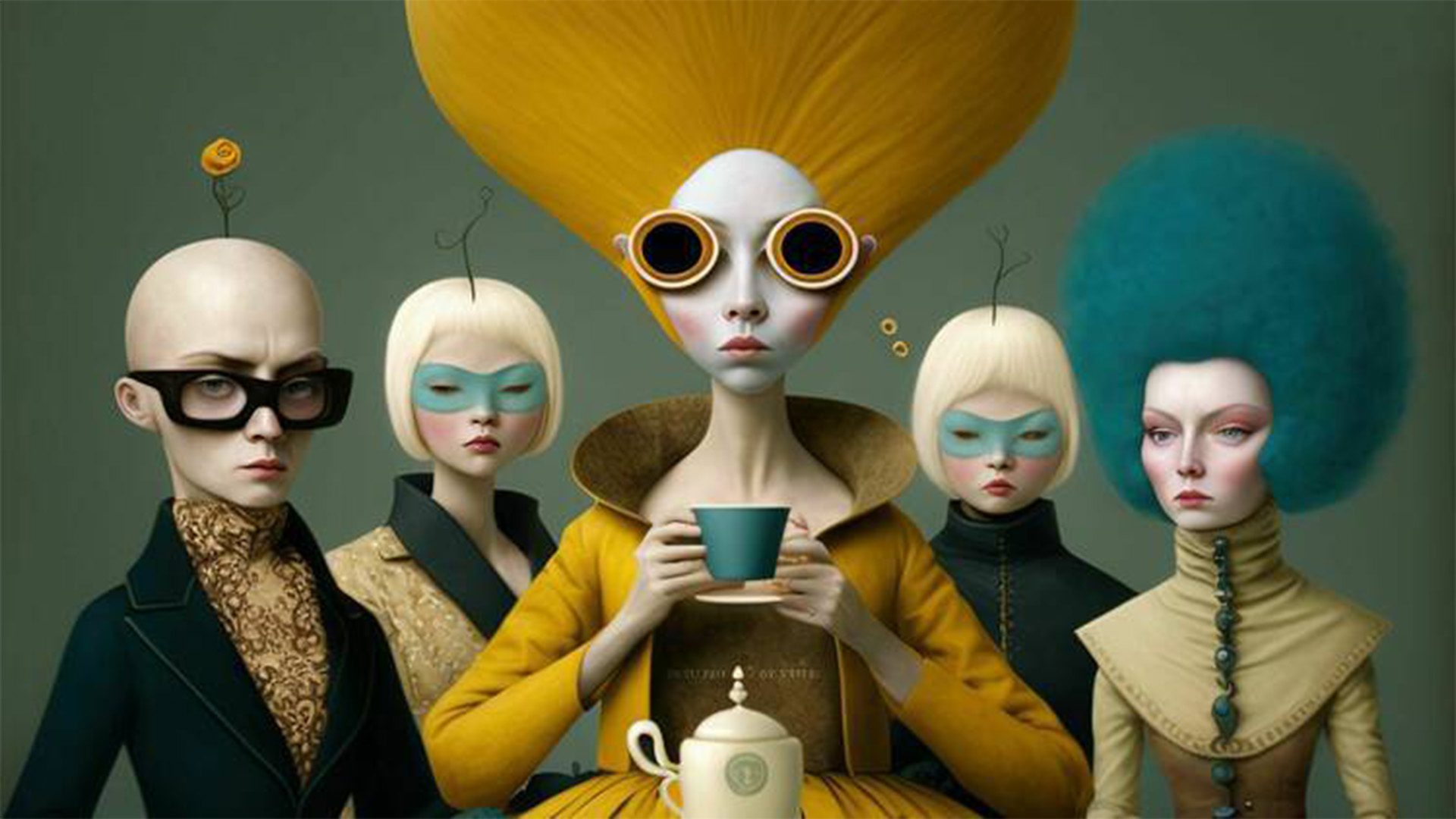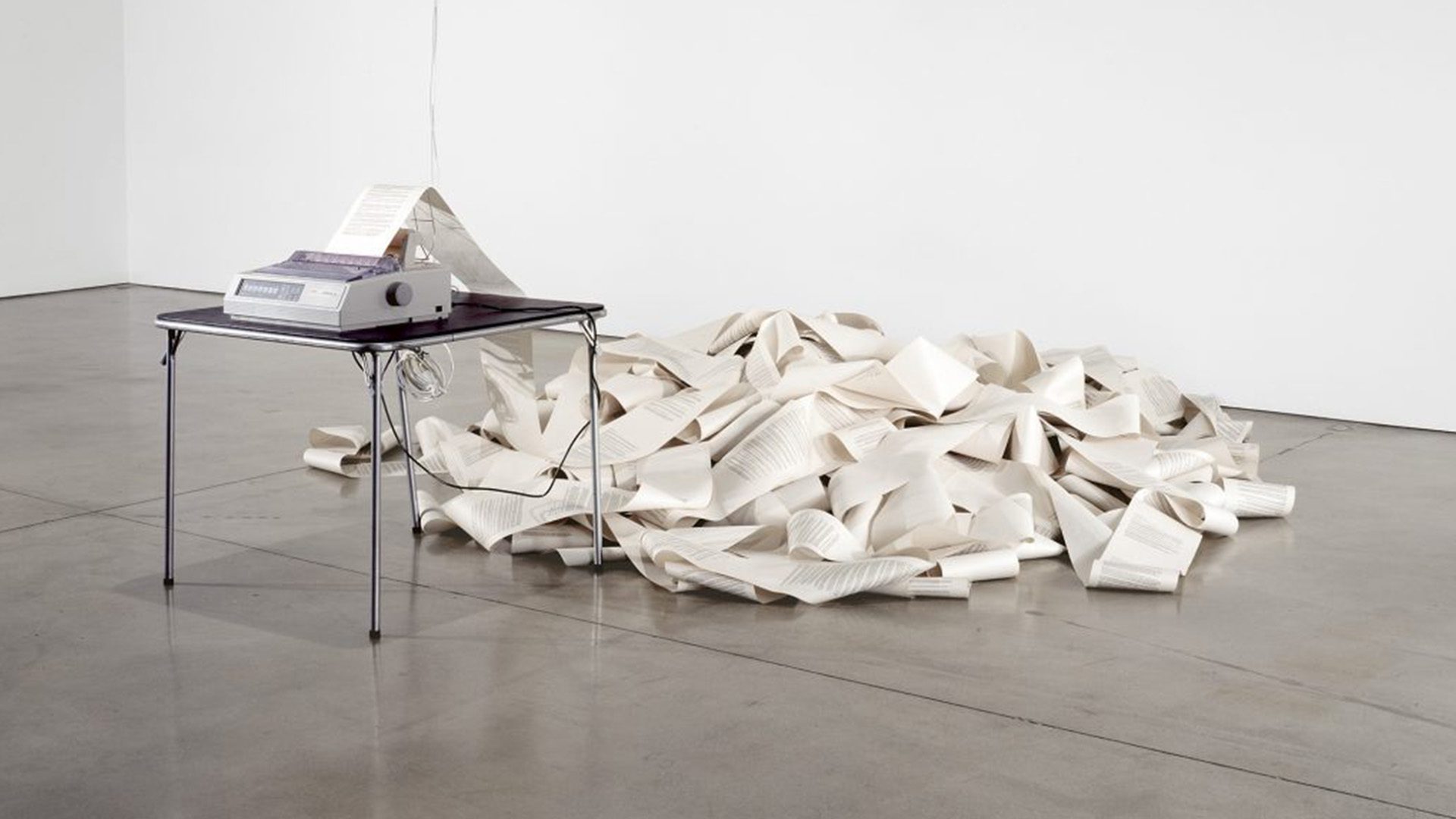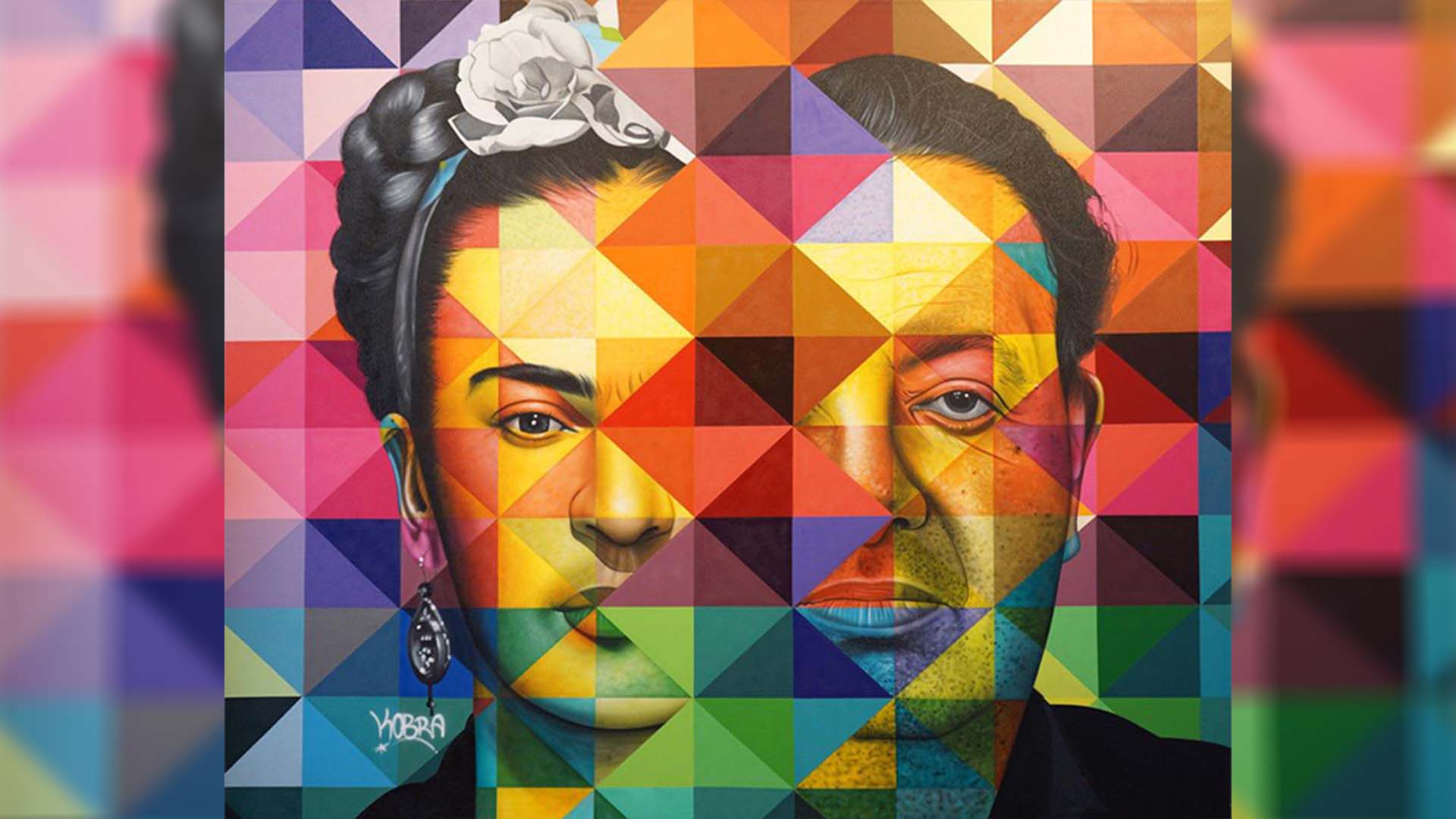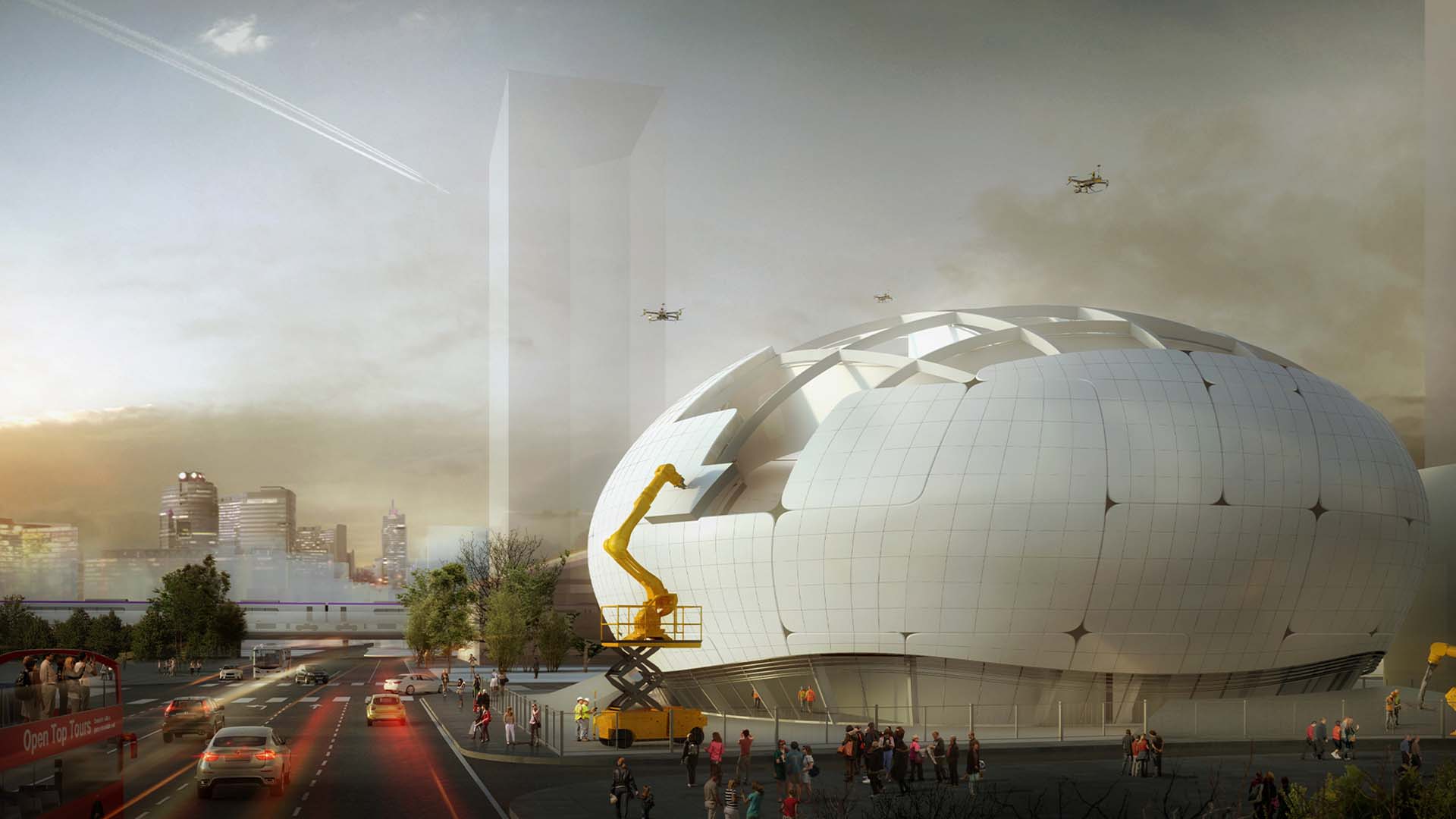In recent years, ChatGPT and other AI tools have developed the ability to write emails, book your next trip, and create original artwork using simple information such as text prompts, photographs, music, etc. Now, the world’s first AI art gallery has opened at Dead End Gallery in Amsterdam, Netherlands where all of the artworks were created using artificial intelligence.

Located near other Amsterdam’s central De Wallen neighborhood, Dead End Gallery features the artistic creations of AI machines and algorithms which range from digital paintings to interactive installations. Regarding the one-of-a-kind exhibition, Constant Brinkman from Dead End Gallery stated, ‘We are the first gallery in the world to physically exhibit AI-generated art, AI-generated artists.’
The first step in creating the exhibition involved programmers commissioning software to create fictional digital artists. The artificial artists created with the software were, then, able to generate original artwork. Each piece produced by the program is unique, but the software doesn’t currently generate flawless pieces. For example, one of the pieces features human figures with six fingers. Researchers stated that the AI creators appear to be improving with more experience, so the art will likely improve even more in the coming weeks.
View this post on Instagram
This installation is the latest to raise questions about AI-generated art, whether it should be considered alongside human art, and whether it has the capacity to compete with human-created art. Earlier this year, for example, researchers at Carnegie Melon University created an AI-powered robot called FRIDA that is able to create original artwork on a physical canvas as opposed to the digital canvas used by most AI artists.
Many art traditionalists have criticized AI-generated artworks because the software takes inspiration from other artists, which could be seen as a copyright infringement. “I like to look at it, it’s decorative. Someone will certainly be willing to pay some money for it, I suspect. But I have different requirements for art,” says art appraiser Patricia Jansma.
View this post on Instagram
The AI program itself seems to know its worth, however, because when one of the AI artists, Irisa Nova, was asked how much its paintings were worth, it said: ‘The estimated asking price for the curator could vary between €3,000 and €10,000.’
The Dead End Gallery exhibition continues to fuel discussions surrounding AI-generated art, both thematically and through practice. The world’s first AI gallery and exhibition believes that AI artists and their works play an important role in the future of the art world.







